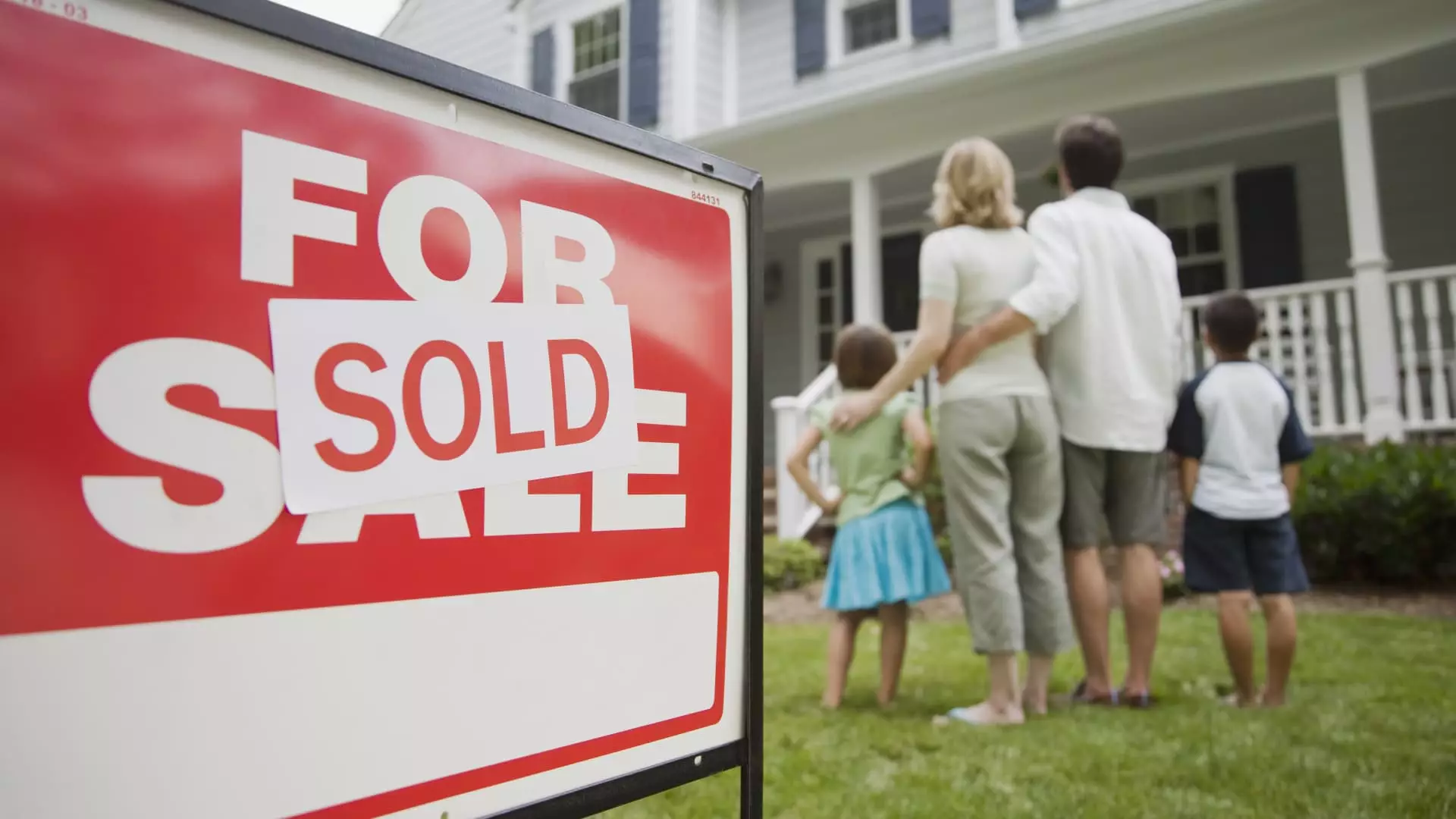Consumers looking to purchase a home are continuing to invest in down payments, even though the average amount is modest compared to traditional beliefs. Recent data from Realtor.com shows that in the first quarter of 2024, the average down payment stood at 13.6%, with a median amount of $26,000. While these figures are slightly higher compared to the previous year, they are still lower than the peak recorded in the third quarter of 2023. During that period, buyers put down an average of 14.7%, or a median of $30,400.
Despite the common notion that a 20% down payment is the gold standard when it comes to purchasing a home, experts suggest otherwise. Mark Hamrick, a senior economic analyst at Bankrate.com, emphasizes that while aiming for a 20% down payment may help avoid mortgage insurance or reduce monthly payments, it is not a mandatory requirement. Various factors influence the decision-making process, such as individual financial circumstances and the availability of affordable housing options.
One major obstacle faced by potential homebuyers is the challenge of accumulating sufficient savings for a down payment. According to Danielle Hale, chief economist at Realtor.com, lack of savings is cited by nearly 40% of non-homeowners in the U.S. as a significant barrier to homeownership. The current trend of rising housing prices only adds to the difficulty, making it essential to explore alternative financing options that do not necessarily require a 20% down payment.
Contrary to popular belief, buying a home with less than a 20% down payment is feasible and, in fact, quite common. National averages show that down payments typically range between 10% and 15%, with some states reporting figures well below 20%. Various loan programs, such as VA loans, USDA loans, and FHA loans, offer down payment options as low as 0% for qualifying buyers. These initiatives are designed to promote homeownership among diverse population groups and provide accessible housing solutions.
While opting for a lower down payment may seem like a viable solution to affordability challenges, it comes with its own set of considerations. Borrowing a larger amount from lenders to compensate for a smaller down payment leads to increased monthly mortgage costs. Additionally, borrowers may not qualify for the most competitive interest rates, and in some cases, are required to pay for private mortgage insurance (PMI) if the down payment is less than 20%. PMI adds extra expenses to the loan amount, affecting the overall cost of homeownership.
In cases where buyers are unable to meet the traditional 20% down payment threshold, alternative approaches like piggyback mortgages are utilized. By securing a second mortgage to bridge the gap and reach the 20% equity mark, buyers can avoid the need for PMI. However, it’s important to note that second mortgages often come with higher interest rates, which should be factored into the overall financial implications of the home purchase.
The debate surrounding down payments continues to evolve, challenging conventional beliefs and offering diverse options for prospective homebuyers. By considering individual financial goals, exploring available loan programs, and weighing the pros and cons of different down payment scenarios, buyers can make informed decisions that align with their unique circumstances. Ultimately, the key lies in finding a balance between affordability and financial stability when embarking on the journey towards homeownership.

